美国能源部国家可再生能源实验室(NREL)的一组研究人员通过将砷化镓(GaAs)薄膜堆叠在带有玻璃夹层的指状交叉背接触(IBC)硅太阳能电池上,模拟出四端串联的III-V太阳能电池。
这个研究项目的主要作者Adele Tamboli告诉《光伏》杂志,“虽然我们已经做了一些初步的微型组件集成工作,但最终还需要大幅扩大尺寸,才能实现商业化。”她补充说,这些电池在解决了几项挑战之后可以实现商业化。“组合电池已经在工业规模上进行了验证。然而其成本高居不下,仍需要降低。”
该装置的有效面积为1平方厘米,据称与在研究水平上构造的类似电池相比效率更高,因为砷化镓吸收层的厚度得到了优化。科学家们解释说,“如果吸收层太薄,通过顶部电池的透射将增加,高能量的光子将在较低电压下被底部电池收集。而如果吸收层太厚,接近吸收层材料的少数载流子扩散长度,那么产生的载流子将过早复合,光子能量会以热量的形式损失掉。” 这种砷化镓电池是通过金属有机气相外延(MOVPE)生长在砷化镓衬底上的。吸收层的厚度在1.5到3.5微米之间,从而将2.4微米的预期最佳值包含在内。厚度为300微米的IBC电池由德国哈梅林太阳能研究所(ISFH)提供。研究人员表示,“我们将处理过的砷化镓电池堆叠在非晶硅底层电池上,中间有一层用于反转的相同环氧树脂薄层,来组装串联的电池,然后将得到的电池在室温下固化24小时。”
研究人员发现,当砷化镓厚度超过1.5微米时,所有采用这种设计的四端串联电池的效率都超过了32%。吸收层厚度为2.8微米的一种电池表现出最高的顶部电池和串联效率,分别达到了26.38%和32.57%。研究小组强调说,“虽然这里的砷化镓顶部电池的填充因子(FF)略有下降,但IBC底部电池表现出的效率比之前使用的硅异质结底部电池略高。” 这项研究的结果和电池的描述可以在《应用物理快报》上发表的论文《指状交叉背接触串联太阳能电池上的四端后置异质结砷化镓的优化》中找到。
This content is protected by copyright and may not be reused. If you want to cooperate with us and would like to reuse some of our content, please contact: editors@pv-magazine.com.
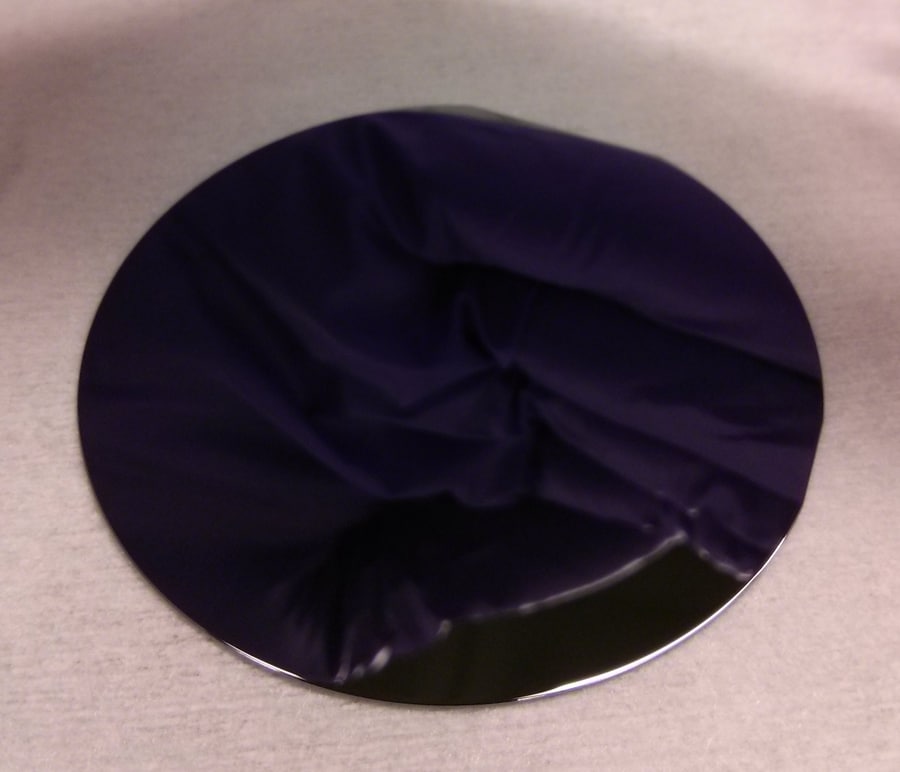



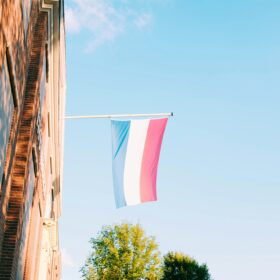
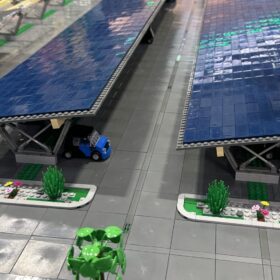

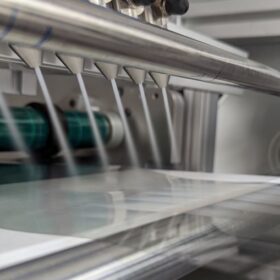
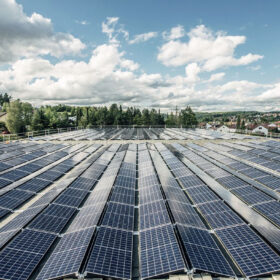
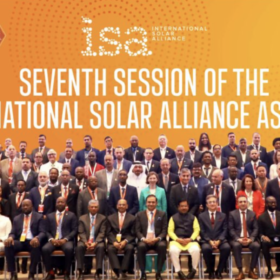
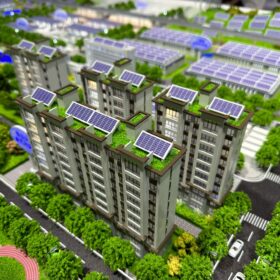
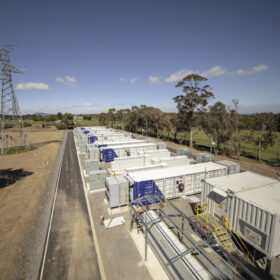
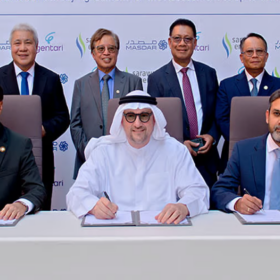
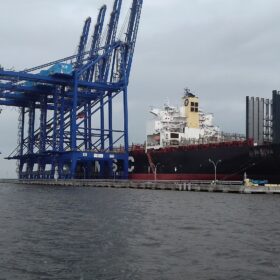
By submitting this form you agree to pv magazine using your data for the purposes of publishing your comment.
Your personal data will only be disclosed or otherwise transmitted to third parties for the purposes of spam filtering or if this is necessary for technical maintenance of the website. Any other transfer to third parties will not take place unless this is justified on the basis of applicable data protection regulations or if pv magazine is legally obliged to do so.
You may revoke this consent at any time with effect for the future, in which case your personal data will be deleted immediately. Otherwise, your data will be deleted if pv magazine has processed your request or the purpose of data storage is fulfilled.
Further information on data privacy can be found in our Data Protection Policy.